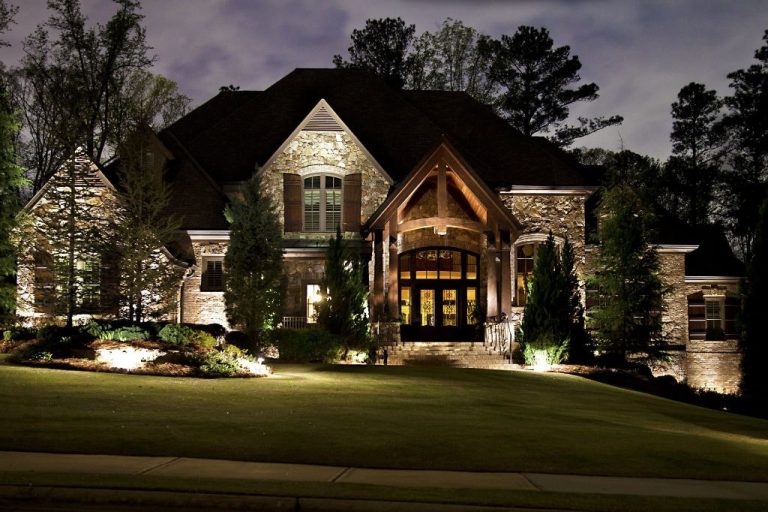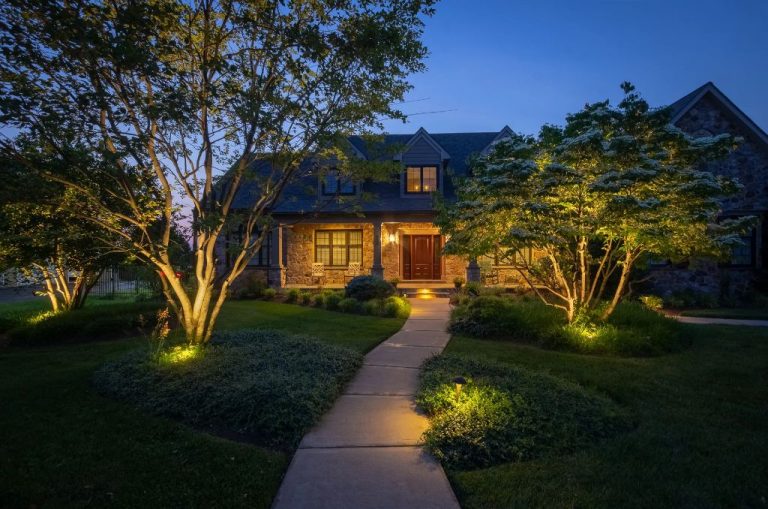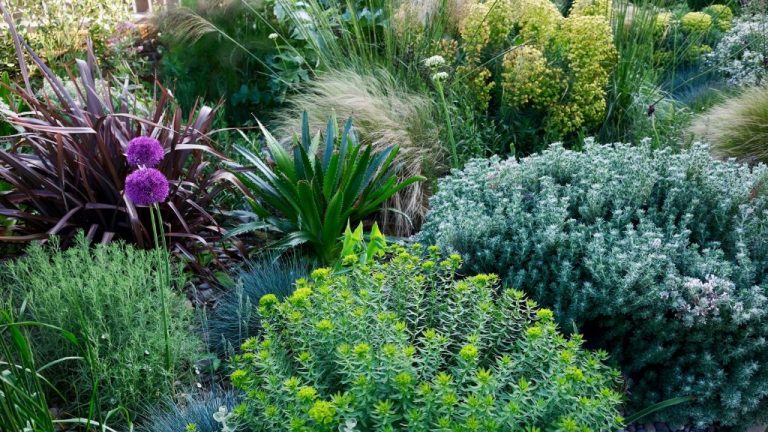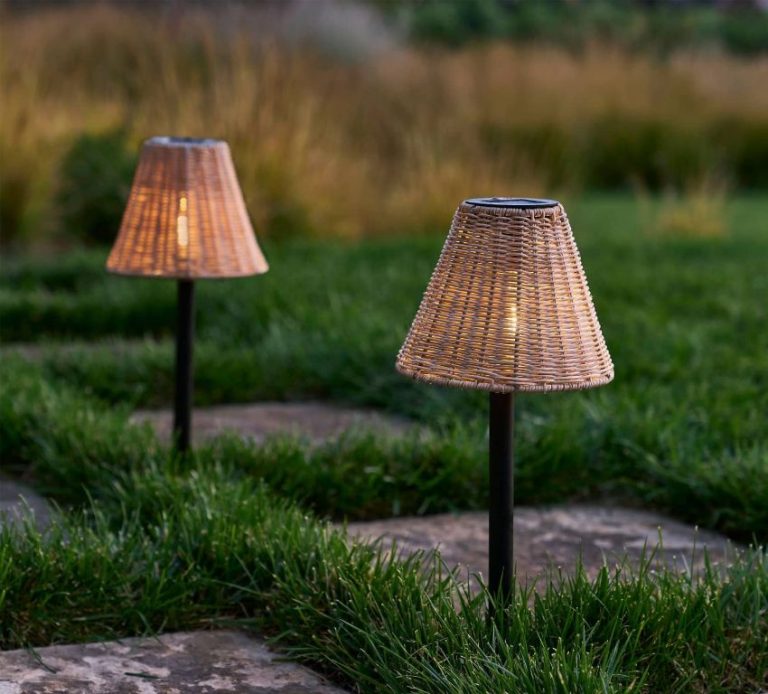City Rooftop Oasis: Landscaping Ideas For Urban Terraces
Urban rooftop gardening has become an increasingly popular trend in recent years as more people seek to bring green spaces and nature into city environments. Rooftop gardens allow urban dwellers to grow plants, vegetables, and herbs and create beautiful, relaxing oases in the midst of densely populated metropolitan areas.
The green roof movement aims to transform drab, unused rooftops into aesthetically pleasing, environmentally friendly gathering spaces. According to one source, rooftop gardening is part of a larger movement to connect people with nature by “bringing the outdoors, in” (source). Rooftop gardens provide urbanites with space to plant greenery, socialize outdoors, and enjoy panoramic city views.
Benefits
Installing roof gardens and landscaping in urban areas provides numerous benefits for both the environment and the wellbeing of city residents. Rooftop gardens help manage stormwater in cities by absorbing rainwater that would otherwise contribute to flooding and overflowing sewers. A study by the Natural Resources Defense Council found that installing vegetation on 50% of available NYC rooftop space would delay storm peak water flow by nearly an hour (NRDC). Rooftop gardens also reduce the urban heat island effect by cooling ambient temperatures through evapotranspiration and providing shade.
In addition to environmental benefits, urban rooftop gardens provide sanctuary and psychological relief for city dwellers. Gardens offer a space to relax, unwind, and connect with nature without leaving the city limits. Research has shown that spending time gardening or being around plants improves mood, reduces stress, and enhances focus and mental clarity (uProperty). The sight of greenery and flowering plants can brighten anyone’s day. Rooftop oases allow urban residents to reap the mental health benefits of being in nature right outside their own homes or offices.
Design Considerations
When planning a rooftop garden, there are several key design considerations to factor in for optimal growing conditions and structural integrity [1]:
Wind Exposure – Rooftop gardens experience more wind exposure which can damage plants. Utilize windbreaks like trellises and taller plants to shelter more delicate vegetation. Position containers to minimize wind tunnels.
Sunlight – Most plants need at least 6 hours of direct sunlight daily. Conduct a sunlight study to identify sunny and shaded areas. Select plants suited for each light condition and position them accordingly.
Weight Load Capacity – Consult an engineer to determine the roof’s load bearing capacity before building a rooftop garden. Consider lightweight soil mixes and containers. Distribute weight evenly to avoid overloading the structure.
Soil and Drainage
When creating a rooftop garden, it’s important to use a lightweight soil mix rather than normal potting soil or ground soil. According to the Soils Organization, “Wet soil is heavy, so a lightweight growing medium is most practical for rooftop gardens. Never use regular potting soil or ground soil for a rooftop garden.”
Rivers and Inc states that “A special lightweight soil mix is manufactured for use on green roof projects. Normal topsoil and planting mix will become too heavy to support roof top gardens.” They recommend using a mix of expanded shale, pumice, perlite, and compost.
As noted in an article from PTHorticulture.com, “Another type of medium that would work well for roof top gardens are peat-based growing media with chunk coir. Chunk coir-peat growing media provide the ideal balance of moisture retention, porosity, and weight for rooftop plantings.”
Proper drainage is also critical for rooftop gardens. The lightweight soil mix should contain porous materials like perlite or vermiculite to allow excess water to drain efficiently. Installing a drainage layer of gravel or lava rock beneath the soil can also improve drainage and prevent puddling or waterlogged conditions.
Plant Selection
When selecting plants for a rooftop garden, it’s important to choose varieties that can thrive in the unique growing conditions found on rooftops. Species that are drought and heat tolerant are ideal, as rooftop gardens often experience intense sun and wind with limited rainfall. Focusing on plants native to your region is also recommended, as they are already adapted to the local climate.
Some great options for rooftop gardens include sedums, succulents like hen and chicks (Sempervivum species) and aloes (Aloe species), ornamental grasses, herbs like thyme and oregano, edible crops like peppers and eggplant, and small shrubs like lavender and rosemary. Avoid using invasive species that could spread from the rooftop garden to other areas. Selecting the right plants will allow your rooftop oasis to thrive for years to come.
Sources:
Irrigation and Watering
Drip irrigation systems are ideal for urban rooftop landscapes because they efficiently deliver water right to the roots of plants. They help conserve water by minimizing runoff, evaporation, and overspray. Drip irrigation utilizes flexible tubing or hoses that release small amounts of water through emitters placed at strategic locations. The water slowly soaks into the soil close to the plant roots, allowing for deeper watering. Drip irrigation can be timed to deliver water on a set schedule and uses 20-50% less water than other irrigation methods.
Another ecological option is to harvest rainwater from the roof to irrigate the garden. Rain barrels or cisterns can collect and store rainwater for future use. Connecting these to a drip irrigation system allows the stored rainwater to be delivered efficiently to plants. Using rainwater avoids the need for treated drinking water for irrigation. Any excess rainwater can also be directed from the roof garden to perimeter planters and vegetation to utilize as much as possible.
Proper irrigation is key to a thriving rooftop oasis. Drip systems along with rainwater harvesting provide water-efficient solutions tailored for urban terraces and gardens.
Maintenance
Once the initial setup and installation of the rooftop garden is complete, ongoing maintenance is crucial for keeping plants healthy and the space looking its best. Fertilization, pruning and pest management will be the three key areas to focus on.
Fertilization provides vital nutrients to help plants thrive. Use an organic slow-release fertilizer a couple times per year based on the specific needs of the plants in your garden. Follow package directions carefully and avoid over-fertilizing which can damage plants.
Regular pruning keeps plants neat, encourages blooming and removes diseased or dying growths. Prune in late winter or early spring before growth starts. Make cuts just above leaf buds, angling down and away from the bud. Disinfect pruning tools between plants. Remove all clippings and dead material to prevent disease spread.

Watch for signs of pests like aphids, spider mites or caterpillars which can quickly damage plants. Start with gentle, non-toxic approaches like hosing off plants, applying neem oil or introducing beneficial insects. Avoid chemical pesticides which can harm pollinators and other wildlife. Act promptly if issues worsen to prevent larger infestations.
With proper fertilization, pruning and pest management, an urban rooftop oasis can thrive for years to come.
Seasonal Interest
When choosing plants for a rooftop garden, it’s important to select varieties that provide year-round visual appeal and seasonal interest. This ensures the garden has something eye-catching to offer whether it’s spring, summer, winter or fall. There are many options to provide multi-season interest on an urban rooftop.
For spring, early blooming bulbs like tulips, daffodils and crocuses are a great choice. Flowering trees like redbuds, magnolias and cherry blossoms also provide a burst of color in spring (https://www.bhg.com/gardening/design/styles/best-plants-and-trees-for-rooftop-gardens/).
Summer blooming perennials like coneflowers, daylilies and lavender continue the show of color. Grasses like miscanthus and panicum come alive with their tall flowering plumes. Hardy succulents like sedum and sempervivum bring unique textures.
In fall, trees and shrubs with bright foliage like sumac, viburnum and fothergilla put on a display of autumn colors. Late flowering perennials like asters and anemones extend the season. Ornamental grasses shine as their plumes turn golden.
For winter interest, evergreen trees and shrubs maintain their foliage, such as hollies, boxwoods, and yews. Plants with colorful stems or branches stand out, like dogwoods and willows. Hardy cyclamen and heather bloom during winter.
By incorporating plants that peak at different times, a rooftop oasis can provide year-round enjoyment. Proper plant selection is key to creating seasonal displays (https://plantersetcetera.com/blog/plants-for-rooftop-gardens/).
Aesthetic Design
Rooftop gardens allow for creative hardscaping and furnishings that can completely transform an urban space. Wood or metal decking, decorative pavers, and gravel pathways help delineate spaces while adding visual interest. Wrought iron, wood, or stone benches, chairs, and tables create inviting spaces to relax and entertain. Fire pits, water features like fountains and ponds, and sculptures are eye-catching focal points. Pergolas, trellises, and screens provide vertical interest and help define spaces. Consider using locally-sourced or reclaimed materials for sustainability.
Strategic lighting extends the usability of the space into the evening hours and highlights key design features. Up-lighting on trees or along pathways illuminates a path. String lights over a patio or dining space create ambiance for evening gatherings. Accent lighting on sculptures or architectural features adds drama. Opt for energy-efficient LED fixtures on timers to save energy.
When designing the aesthetics, aim to create an oasis and escape from the surrounding urban environment. Layer colors, textures, heights, shapes, and materials to craft intimate “garden rooms” and take advantage of the unique vantage points a rooftop offers.
Case Studies
There are many examples of successful urban rooftop gardens that can provide inspiration. The Sky Garden in London is a prime example, located 120 meters high amidst a bustling city center. Its design incorporates a thoughtful selection of plants suited for windy conditions, along with trees, shrubs, bamboo and ferns that thrive despite the elevation (https://www.frostslandscapes.co.uk/case-studies/rooftop-gardens/).
Another case study in Amman, Jordan looked at rooftop gardens across residential buildings. Researchers found these gardens not only provide aesthetic value, but also help insulate buildings and reduce noise pollution. Careful plant selection and lightweight soil helped mitigate structural load concerns (https://archives.palarch.nl/index.php/jae/article/download/4486/4439/8579).
In Khulna City, Bangladesh, surveys found rooftop gardening increased environmental awareness and food security for residents. Despite challenges like limited space, water availability and high winds, case studies show urban farming can thrive when matched to the right conditions (https://www.researchgate.net/publication/356267780_Problems_and_contributions_of_Rooftop_Gardening_a_Case_Study_of_Khulna_City).






